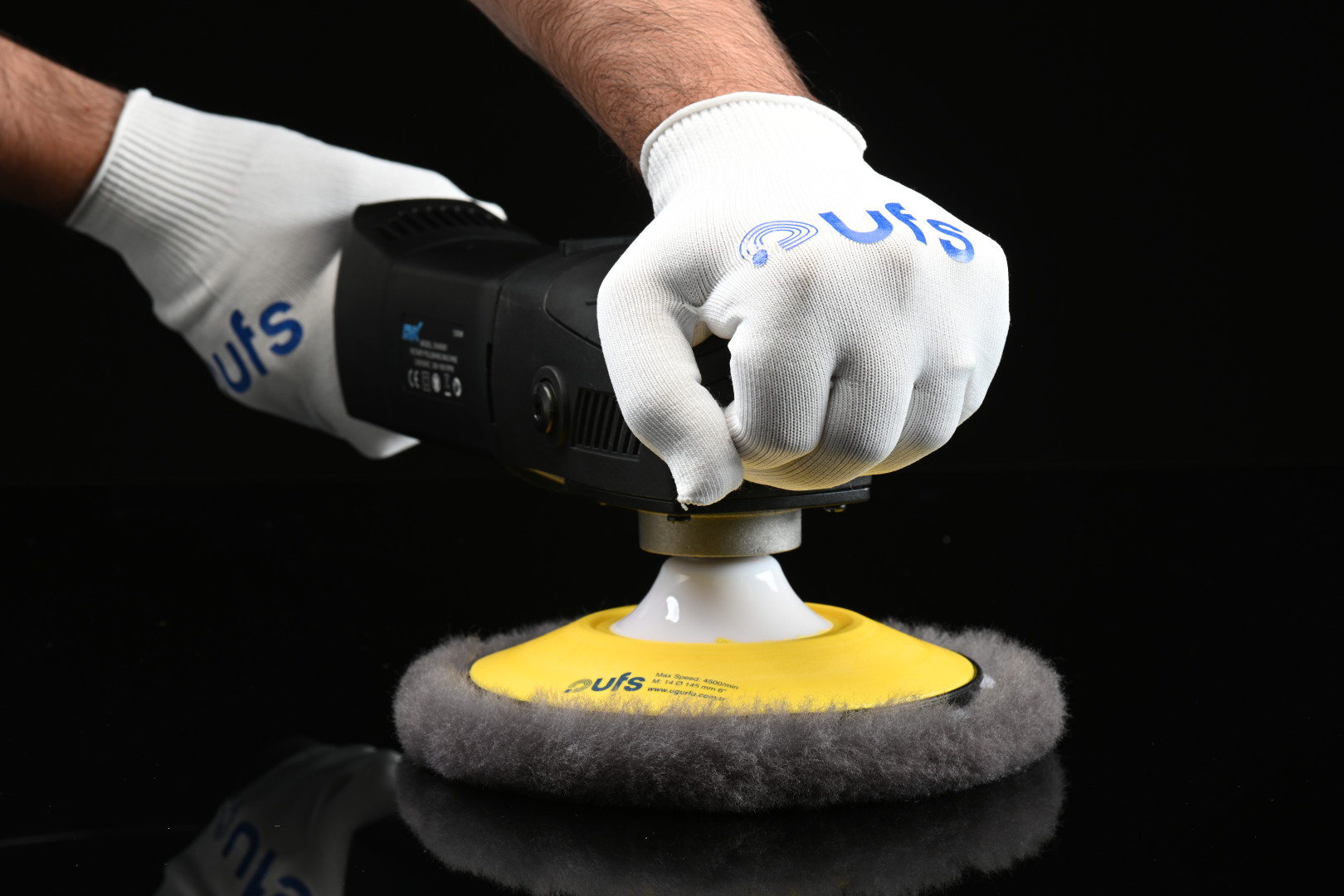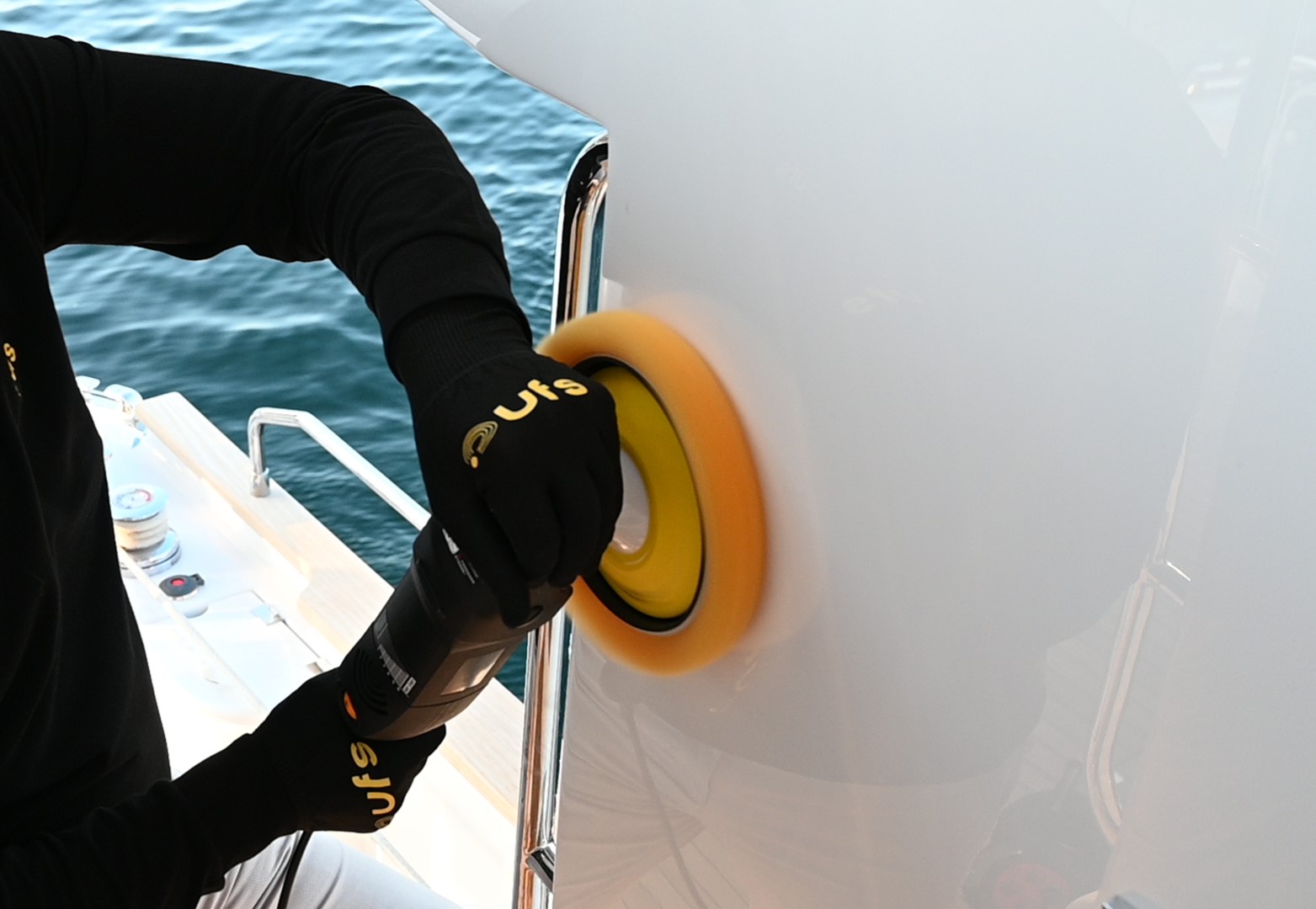
Cleaning polishing pads is crucial for achieving a smooth and shiny finish on metal surfaces. When done with the right methods and tools, this process is both efficient and effective, and it also extends the life of the pad.
Why Should Polishing Pads Be Cleaned?
Polishing pads can accumulate various residues and dust during metal surface processing. Over time, these deposits can reduce the pad's efficiency and the quality of the polishing. A clean pad enhances the quality of the process and extends the life of the pad. Additionally, regular cleaning is essential for workplace safety; a dirty pad can lead to unexpected results and compromise the user's safety.
Therefore, cleaning polishing pads and wool car wash mitts is not just an aesthetic issue but also crucial for operational efficiency and workplace safety. In busy workshop and factory environments, pad cleaning should be done regularly. This ensures a safer and more productive work environment for both workers and the materials being processed.
What Materials Are Needed for Cleaning Polishing Pads?
Effective cleaning of polishing pads generally requires simple materials that are available in most workshops. First and foremost, a cleaning solution is needed. This solution could be specially formulated to dissolve oils and metal residues, or a simple soap and water mixture can suffice. A soft brush or sponge is also necessary for cleaning. This tool is used to remove dirt and dust without damaging the fibers of the pad.
During pad cleaning, it is important to avoid damaging the structure of the pad. Gentle brushing and the use of an appropriate cleaning solution provide maximum cleanliness while extending the life of the pad. Additionally, it is essential to thoroughly dry the pad after cleaning. A damp pad can lead to mold and bacterial growth over time, which can negatively affect the quality of the polishing.
Tips for Cleaning Polishing Pads
There are several tips for cleaning polishing pads that can improve the efficiency of the process and extend the life of the pad. First, it is important to remove dust and large particles from the pad before beginning the cleaning process. This can be done with a simple air blowing method or a soft brush. Removing dust and large particles makes the detailed cleaning process more effective.
Secondly, the cleaning solution used should be compatible with the pad material. Some chemical cleaners can damage synthetic pads, so it is advisable to use the cleaning products recommended by the manufacturer. If this information is not available, a mild soap and water mixture is generally a safe option. This solution helps dissolve the oil and dirt on the pad without damaging the fibers of the pad.
What to Consider When Cleaning Polishing Pads?
One of the most important considerations in cleaning polishing pads is not to damage the structure of the pad. Applying excessive force or using the wrong cleaning materials during cleaning can damage the fibers of the pad and reduce the quality of the polishing. Additionally, during the pad cleaning process, avoid soaking the pad completely. A wet pad can lead to mold or other issues during the drying process.
After cleaning the pad, it is crucial to dry it completely. A damp pad can lead to mold and bacterial growth over time, negatively impacting the quality of the polishing. It is best to allow the pad to dry naturally with airflow. Also, the wool polishing pad should be regularly inspected and replaced if necessary. This is essential for consistently achieving high-quality polishing results.


.JPG)
.JPG)
